By the end of the Victorian Era, society was changing so fast that some people had a hard time keeping up, much less accepting it. From a cultural standpoint, the first two decades saw advances for women that were more rapid than the Western world had ever before seen. The status quo held on tight and while more and more women began to look at their world and their lives in a new way, the traditionally dominant forces in society felt increasingly threatened. The 20th century also brought with it technological advances in photography and printing, and these mediums were put to use to shame and humiliate women in an effort to keep them in their “proper station.”
The Suffrage movement was a common scapegoat for such attacks, with women’s ability to vote seen as going hand in hand with the other freedoms that women were beginning to enjoy. With a woman’s place being seen as the home, domestic life was associated with femininity, and critics of the modern woman quickly exploited the correlation. If being feminine meant tending to the home, they reasoned, time spent outside the home would cause them to lose their feminine virtue. A loss of femininity wouldn’t cause the house and children to disappear, however, and that meant the men of society would be forced to pick up the slack.
The best proof that we have of such attitudes towards independent women are the many print satirical depictions of females in mass media of the time. I have identified three primary themes in these depictions that sought to prevent women from exploring the new options available to them. These are: the danger of role reversal in the home, the ridiculousness of an unladylike woman, and the horror of a woman who is so independent that she repulses men and remains single. I have started to collect images around each theme and thought it may make for some fun viewing this week.
If you have any additional images to share, please contact me via the comments section and I will be in touch!
Theme #1: the danger of role reversal in the home
As the modern woman continued to evolve, it was somehow determined that if given options outside of the home, a woman would abandon her family. And not only that, somehow the argument was made that men would naturally step in and take over all of the responsibilities typically left to a wife, mother, and homemaker. In my opinion, this takes away just as much credit from women of the time as it bestows upon the men!
Here are a few of my favorite depictions of the dangers of domestic role reversal:
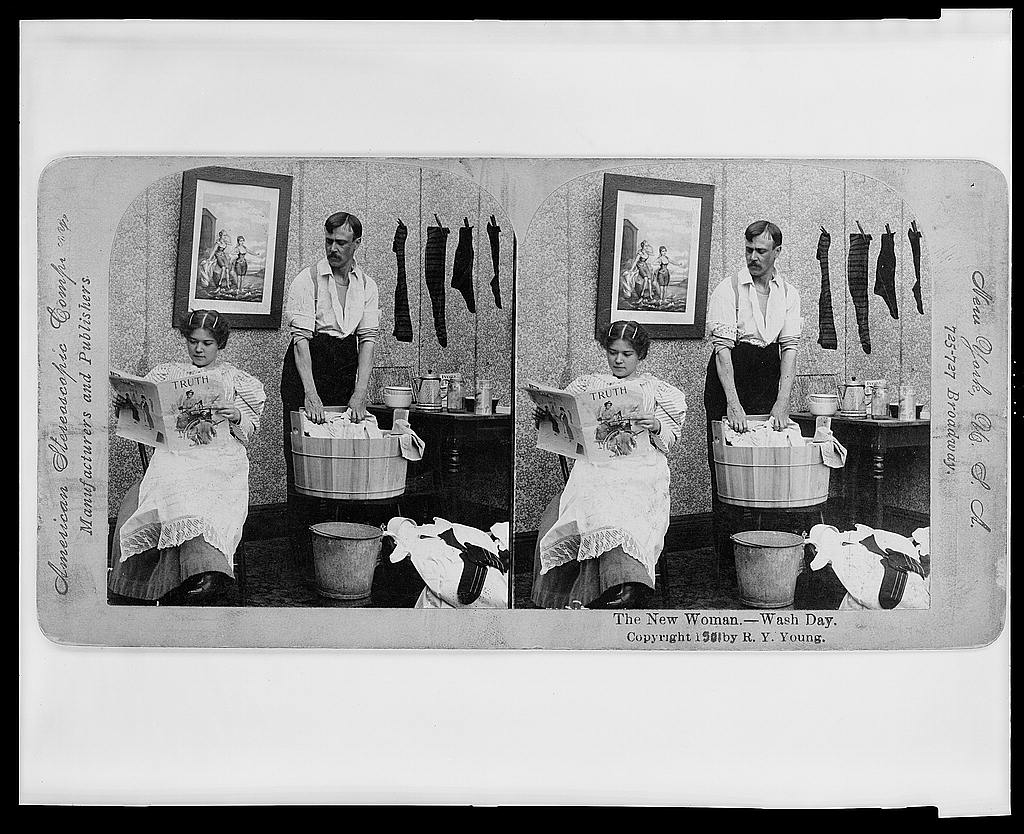
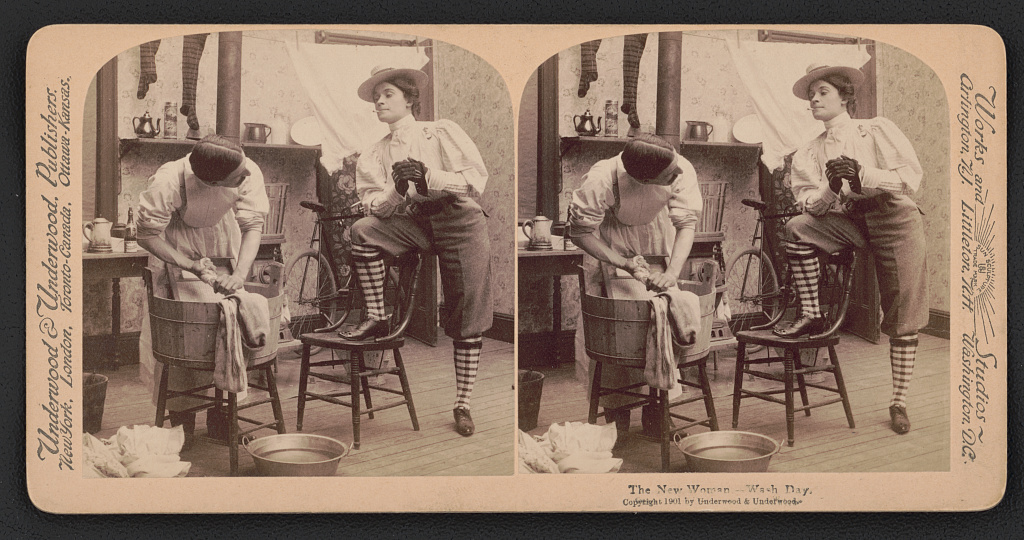
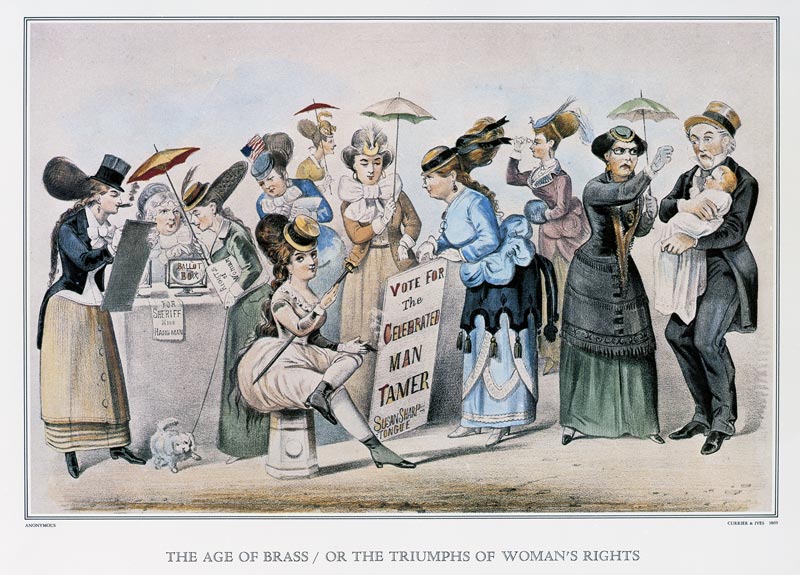
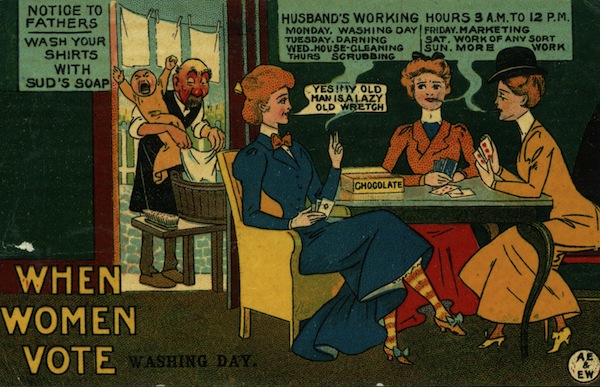
Theme #2: the ridiculousness of an unladylike woman
The standards of respectability were strictly adhered to until the 1900s, as seen in the efforts some women unsuccessfully took to alter restrictive clothing. The thought of a woman doing anything deemed “unladylike” was seen as completely absurd and would have been the topic of late-night talk show comedy today.
Here are a few of my favorite satirical depictions of unladylike women in the early 1900s:
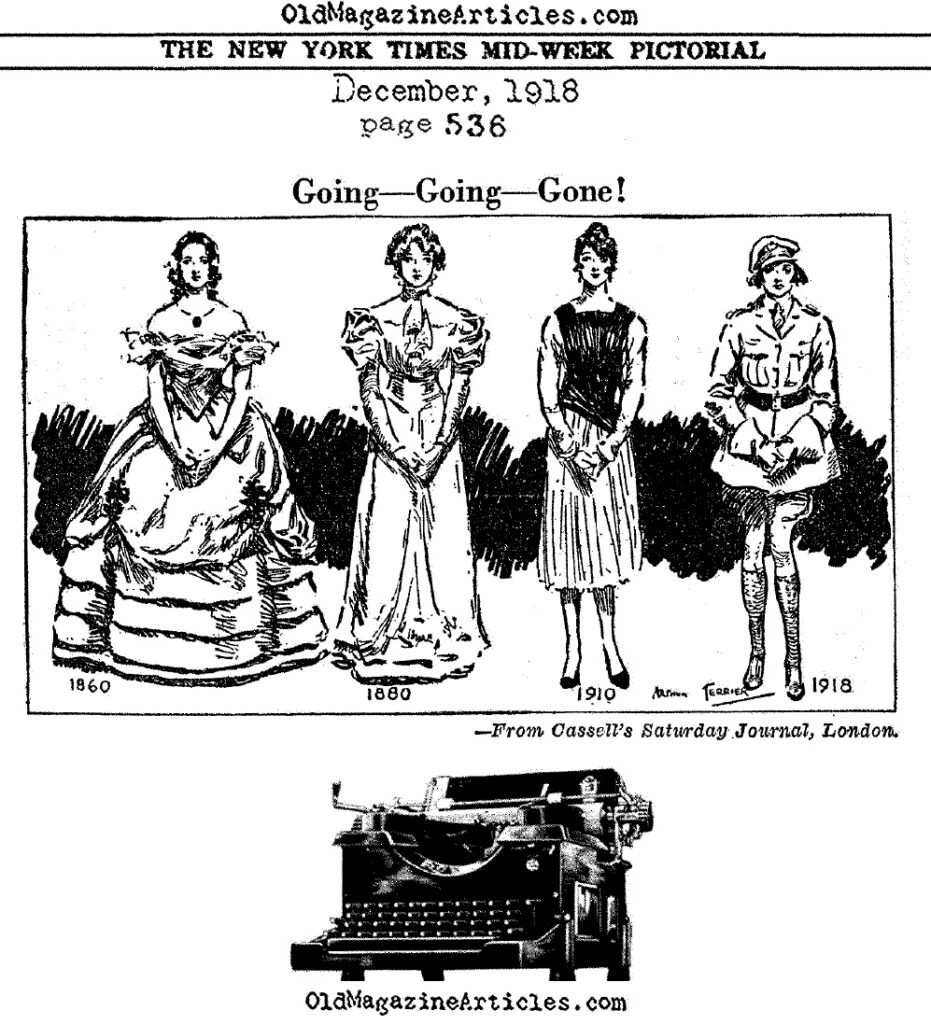
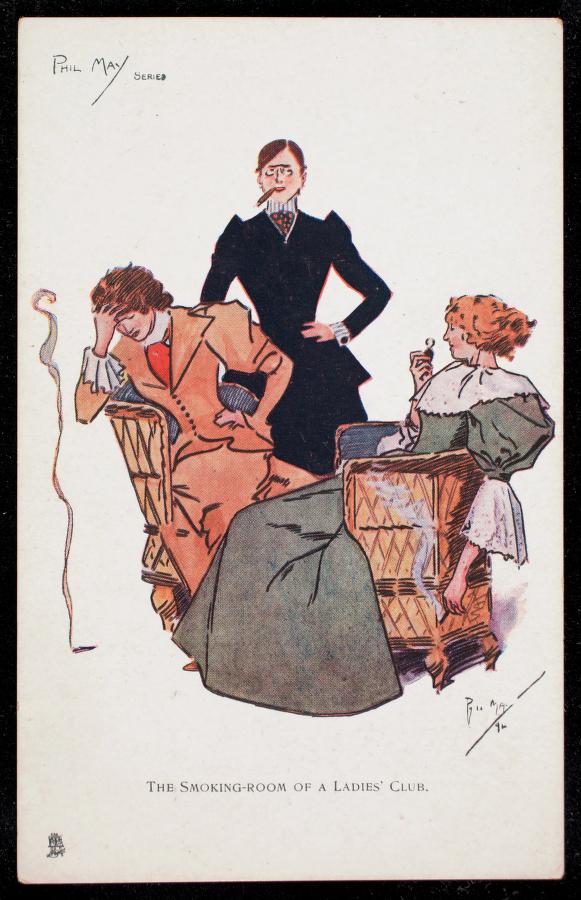
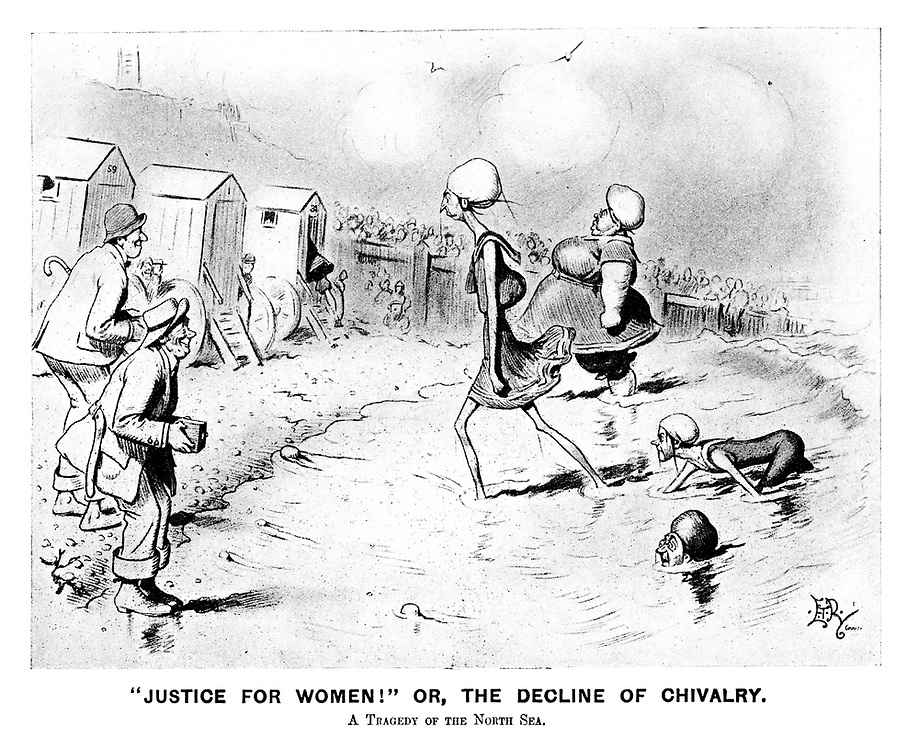
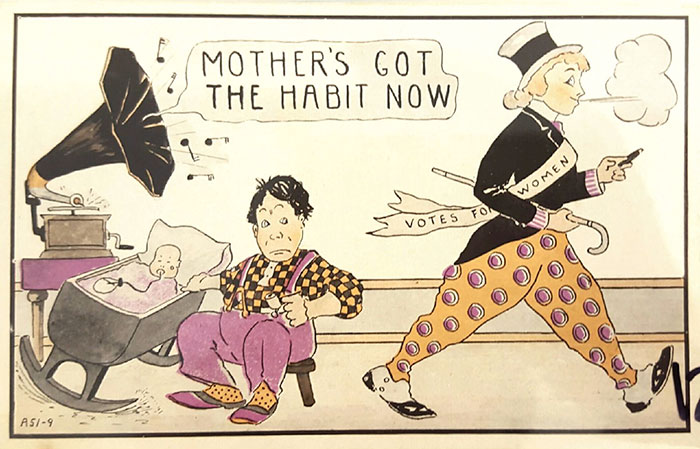
Theme #3: the horror of ending up a single woman
As a very happily unmarried woman, I particularly love this theme. In an attempt to scare women out of pursuing careers, voting, and doing anything untraditional, the “establishment” attempted to perpetuate the idea that an independent woman who never marry, and that being unmarried is the worst fate imaginable.
Unfortunately for the powers that be, many men were also evolving with the times, and independent women have never gone out of style. Add to that the emphasis on sexual liberation and an understanding of romantic options, and it wasn’t a theme that stayed popular for very long.
Below are a few of my favorite depictions of the horror of the independent woman ending up as an old maid. Please note the use of the term “Suffragette” is used to be disparaging by the artist in the first cartoon and that the bottom two are from British newspapers, where the term was used.
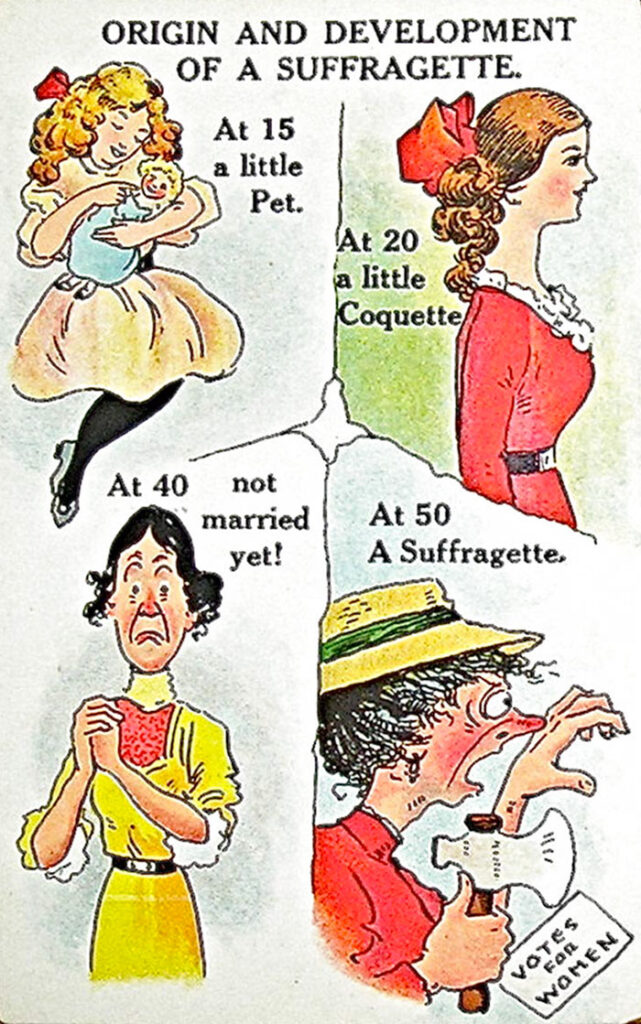
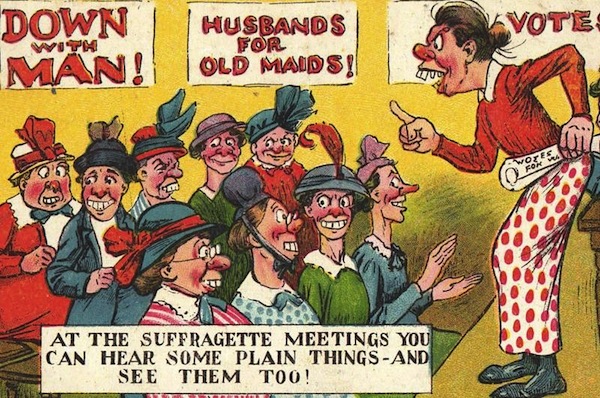
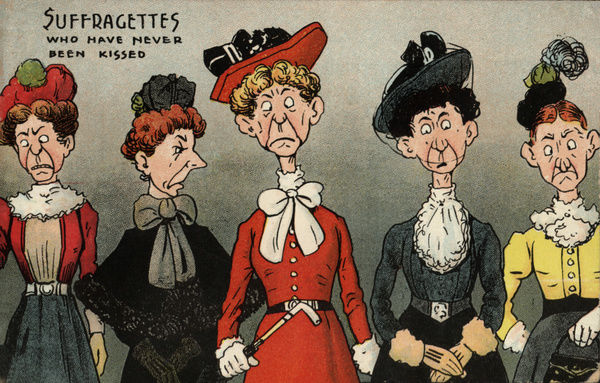
You may also enjoy:
Victorian Dress Reform: Who, What, When, and Why






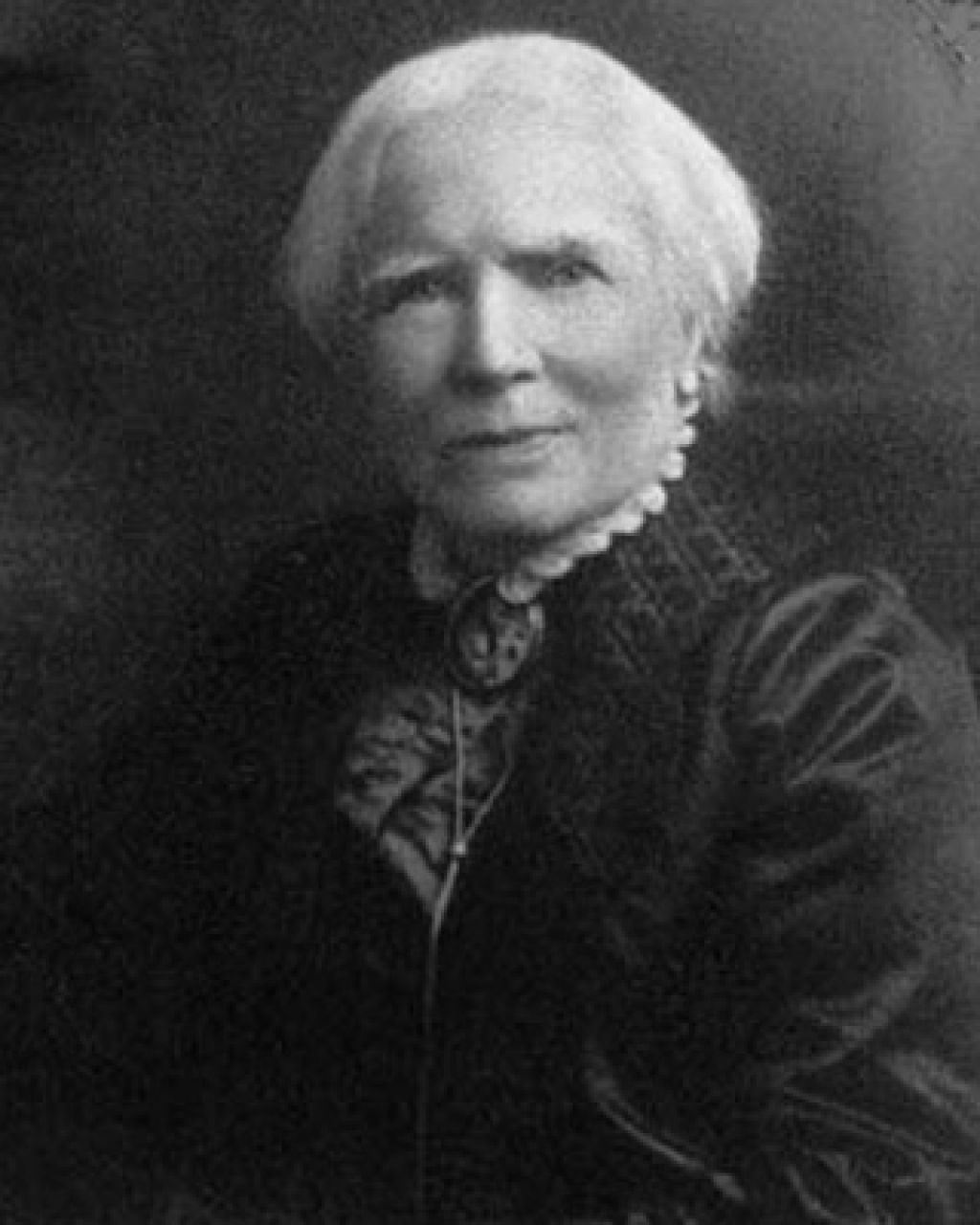

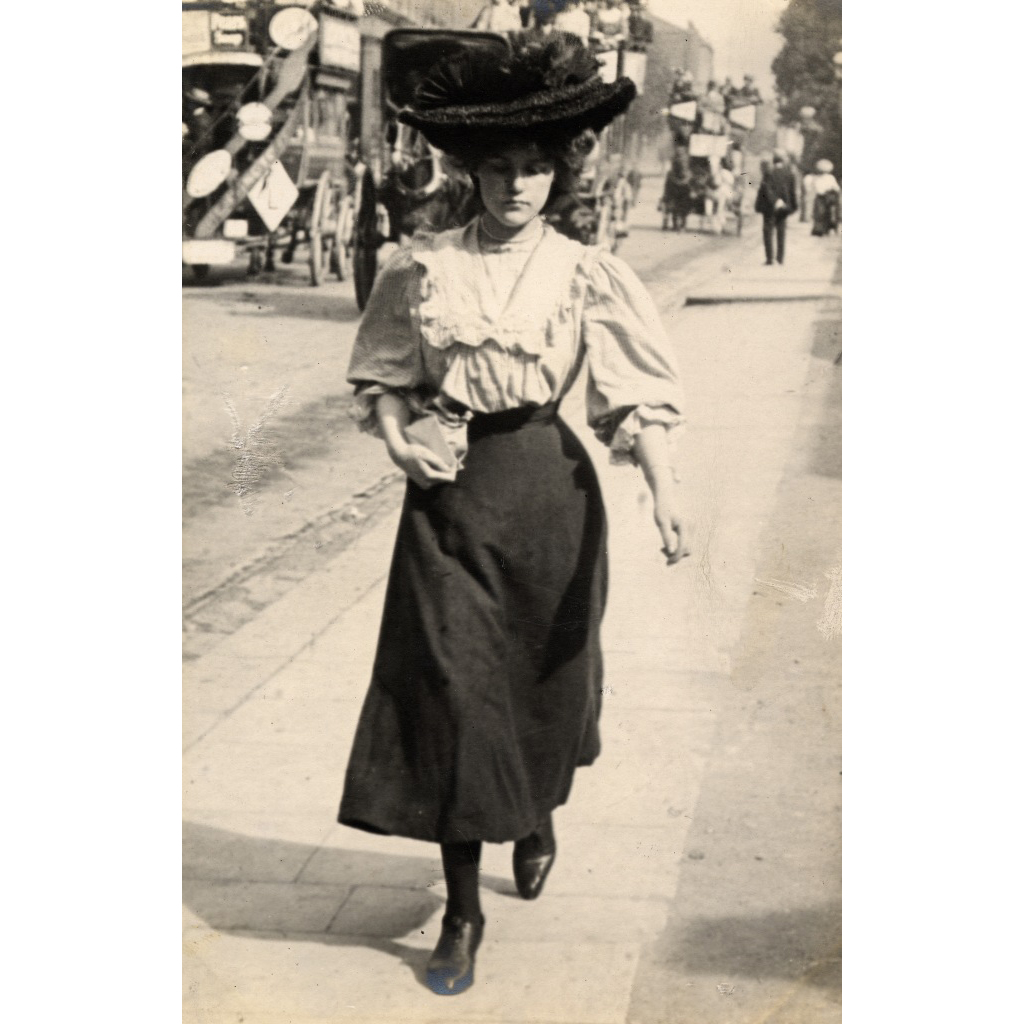
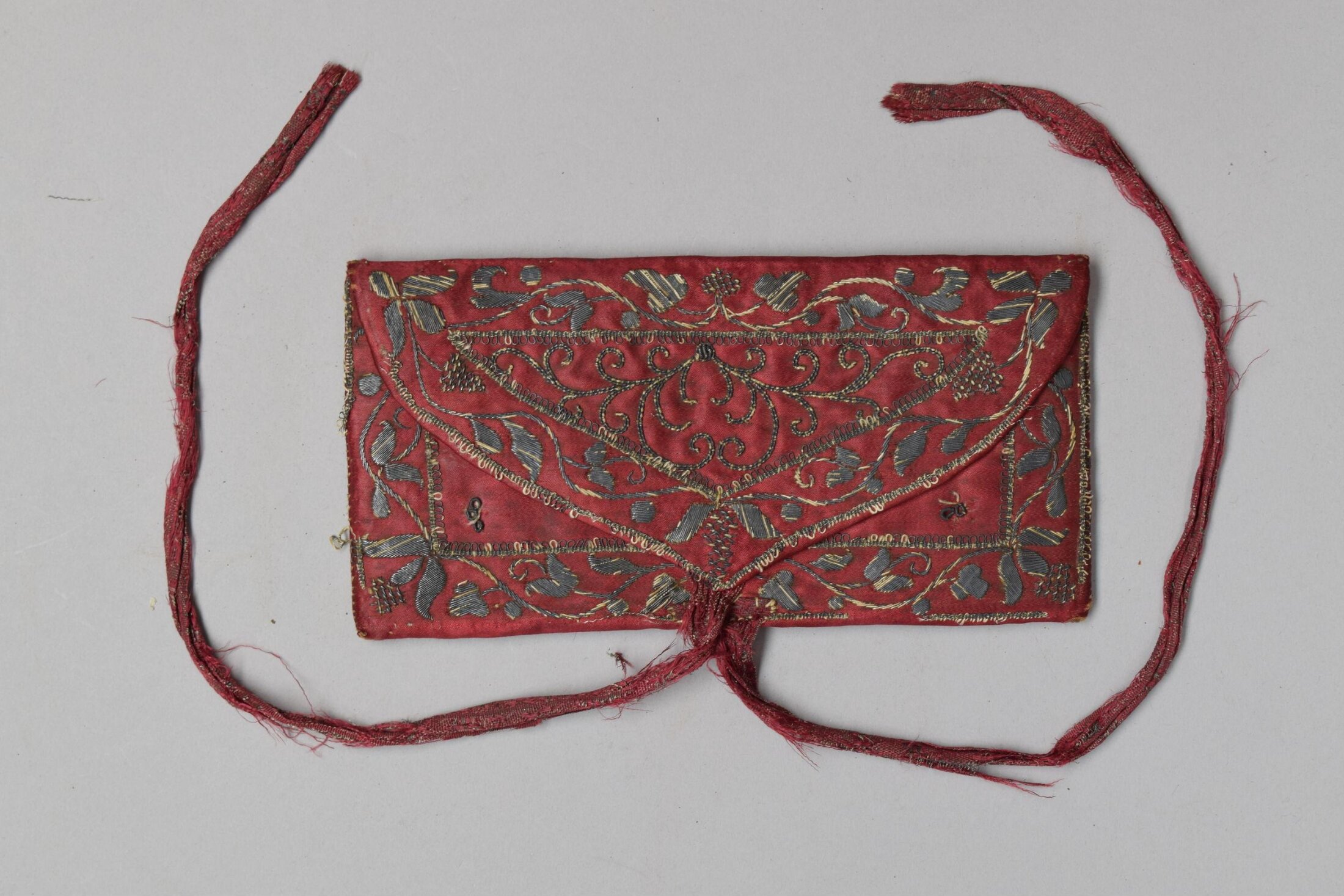
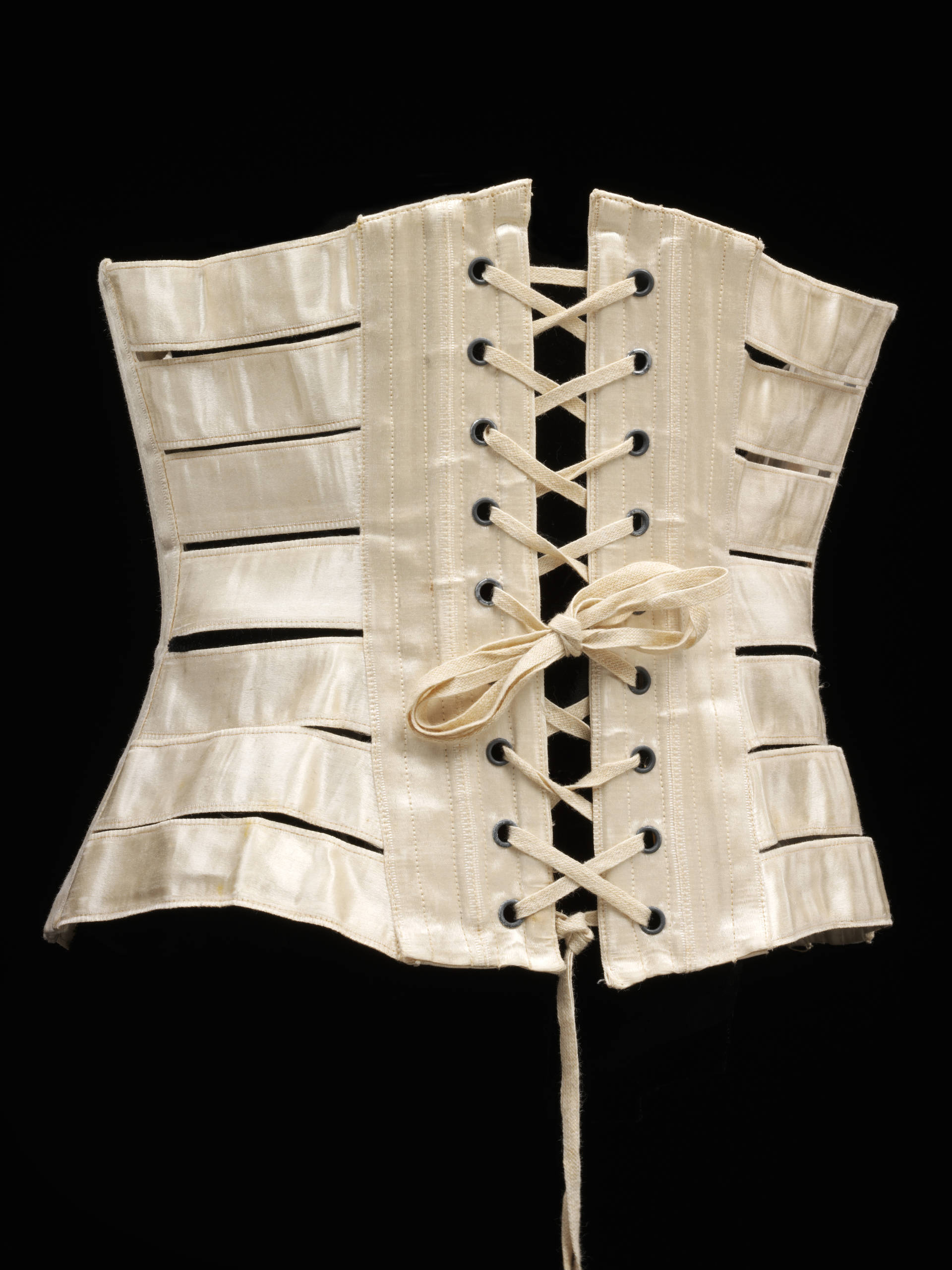
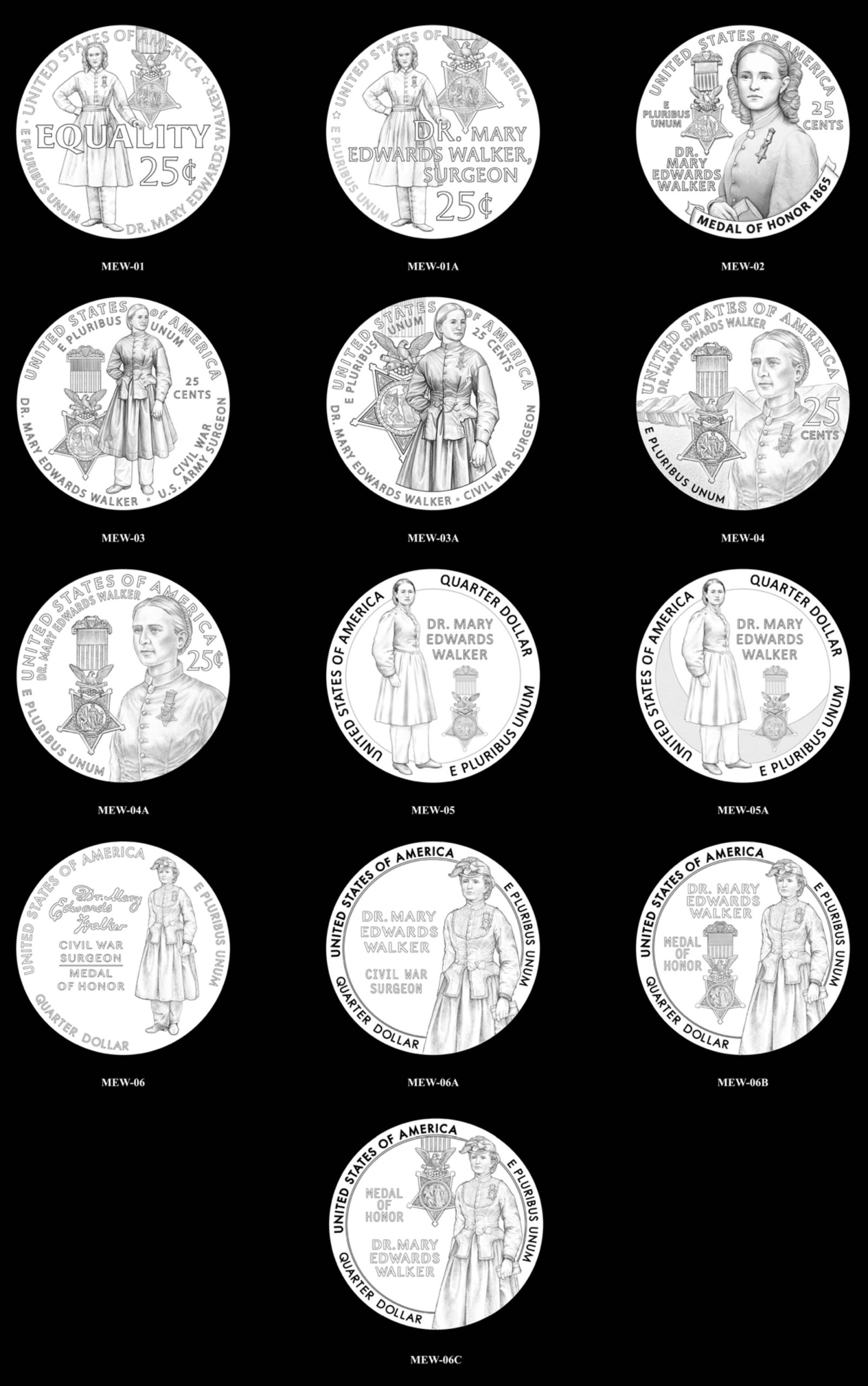
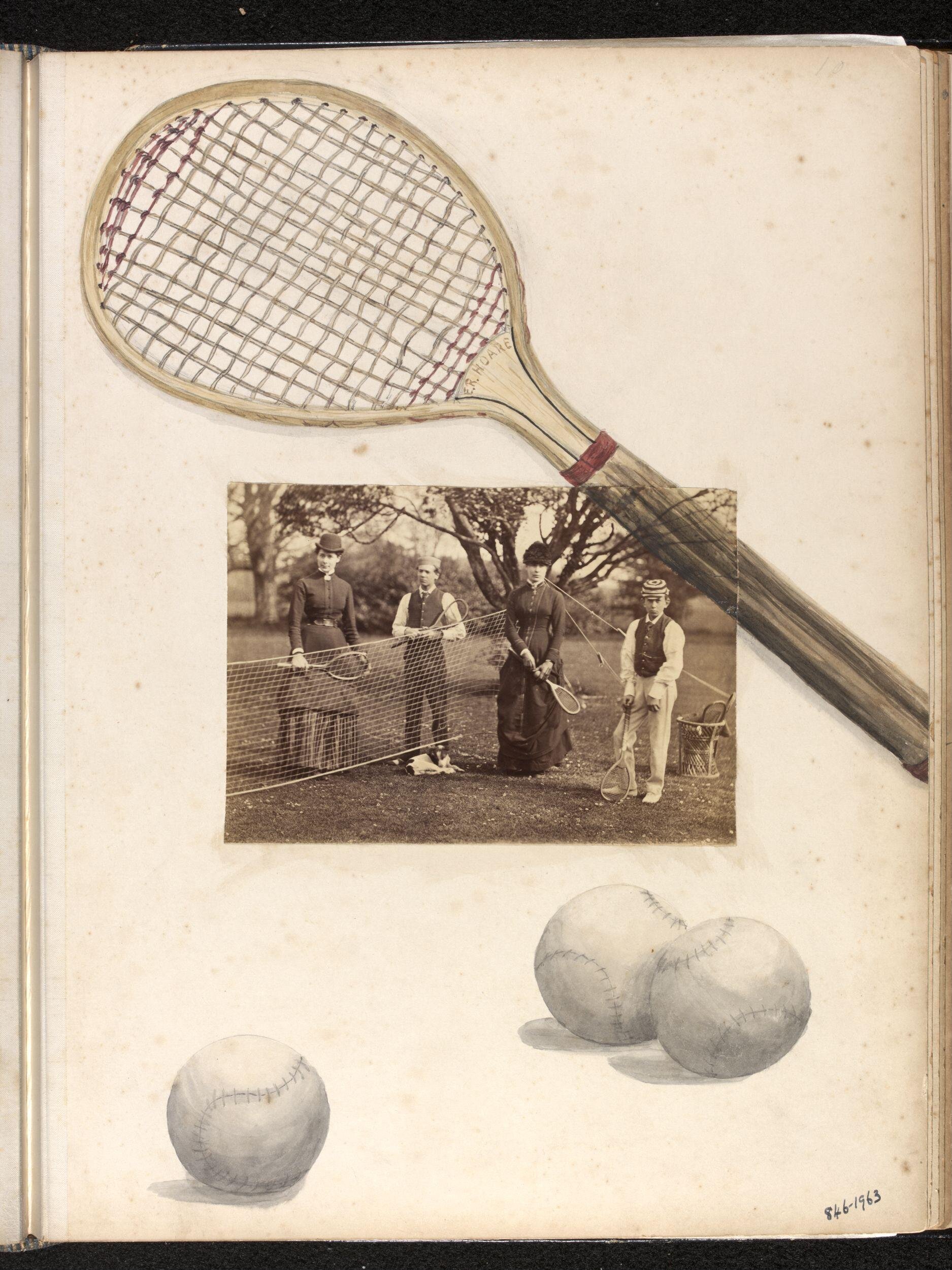
The idea that if women went out to work, men would stay home and cook was suggested even as late as 1998’s Pleasantville, even though by this point that was evidently not the case!
However, as a Christian, I must critique the idea that our society’s evolution has been so positive as we have been led to believe. In any case, Western populations have dropped more and more below replacement levels as such progress continues to be made, as has the overall general happiness of women.
Thank you so much for reading, Paula! I have considered doing a separate post at some point on the depictions of men in these satires as well. There are a lot of male stereotypes perpetuated as well! One of my favorite themes, however, is the notion that so many men would step in and take over all of the housework! 🙂
I am so glad you enjoyed it.
As offensive as those ideas were for women, men should have found them just as offensive since they and their behaviors weren’t depicted very kindly either! I wonder how many saw the irony in those idiotic cartoons? (And yes, I laugh at them, too!)
Those stereoscopic photos also actually helped me make sense of something from when I was growing up. You notice the stockings hanging around drying in those photos? My mom always maintained that men were offended by the sight of stockings and women’s undergarments (slips, bras, etc) hanging to dry. So she insisted that those things should only be washing and dried while Dad was at work…. and they had to be put away before he returned home! Apparently her parents drummed that notion into her. In truth, it didn’t bother Dad. Mind you, I was growing up in the 60s and 70s! I always thought it was weird and maybe some odd fixation my grandparents had. But seeing those photos makes me believe it was a generational issue.